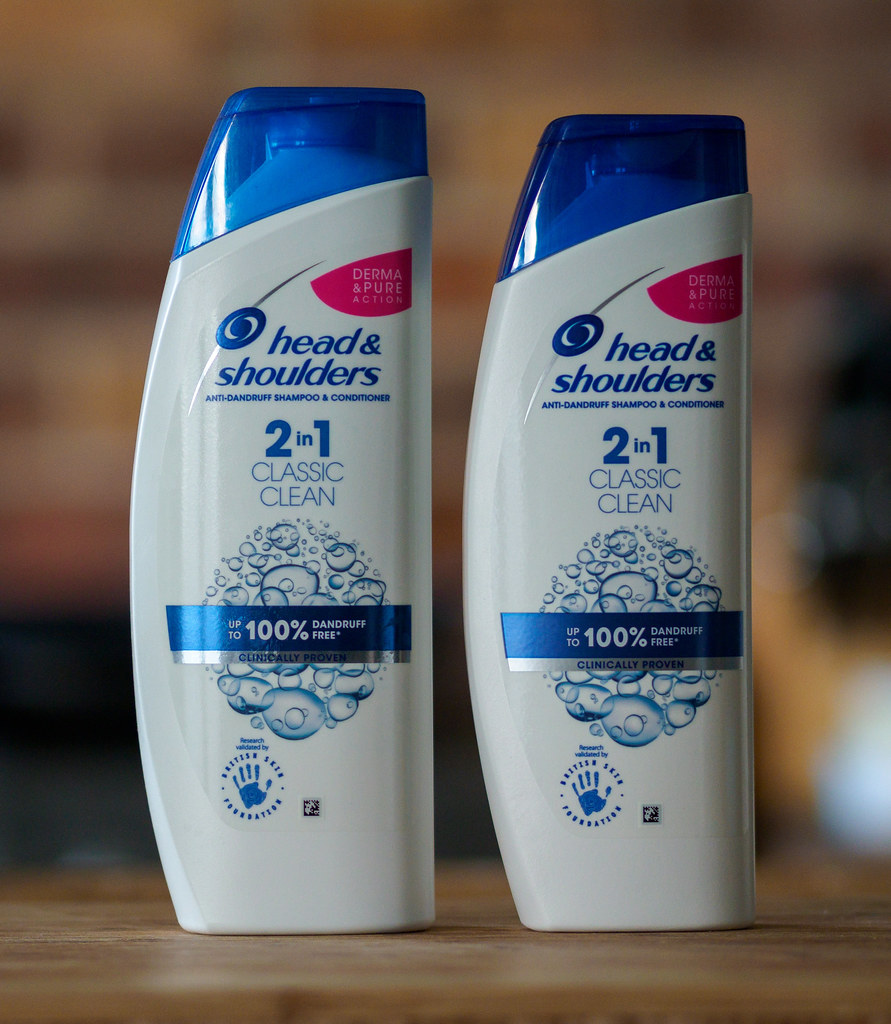Puerto Rico has had relatively low inflation, but the News Journal reports that shrinkflation has hit the Island. A survey commissioned by the Puerto Rico Restaurant Association found that 35% of restaurateurs had reduced the size of their portions to keep prices stable.
What is shrinkflation?
“Shrinkflation” is a new term referring to the process of reducing the size of a package or portion and keeping the price the same. Consumers may notice if the price of a pound of coffee rises, but they may not notice that their “pound” of coffee in the grocery store is now only 12 ounces.
Business Insider shared some examples. Frito-Lay changed their bags of chips from 9.75 ounces to 9.25 ounces. Gatorade changed the shape of their bottles, reducing them from 32 to 28 ounces in the process. Tillamook ice cream shrank from 56 ounces to 48. In all these and many more cases, the prices remained the same. Since grocery prices in Puerto Rico are about 18% higher than in the states, Puerto Ricans are paying even more per ounce than shoppers on the mainland — and all the shoppers are now paying more per ounce even if the price of one package is the same.
The same changes are found in cleaning supplies, cereal, and even meats. Manufacturers are required by law to show the weight or volume of their products, but tricky packaging can keep consumers from being able to recognize the changes when they pull products off the shelf. Shrinkflation is somewhat deceptive, but it still results in higher costs for shoppers.
Reasons for high costs
Why does Puerto Rico pay more for groceries? The primary reason is that 85% of the food available in the local markets is imported. While there has been a resurgence of agriculture in recent years, most food is still imported. Much if it is imported from the states, but foods from many different countries are available. As local food becomes more common, prices may drop.
However, the sales tax in Puerto Rico is higher than that in any state. At 11.5%, the sales tax in Puerto Rico drives costs up significantly. Most ingredients for home cooking are tax exempt and prepared food is taxed at 7% instead of the basic rate, but some foods, including sweets and some beverages, are taxed at the full rate.
And some goods cost more for other reasons. For example, milk is mostly from local sources, but Puerto Rican dairy farmers are paid $40 per cwt while the average price of milk across the nation is about $25.55. As a result, the price of a gallon of milk in Puerto Rico is about $7, which is nearly double the price in most states.
Would statehood help?
Being a state would not necessarily lower prices in Puerto Rico. Hawaii, another island which is a state, has a higher cost of living (by about 28%) than Puerto Rico. As a state, Puerto Rico will still be able to set its own sales tax and retailers will be able to charge whatever they choose.
However, all the territories that have become states have become more prosperous as states than they were as territories. People could expect to earn more in a state than they do in a territory. People who need government assistance would certainly receive more help under SNAP than they do under NAP. Puerto Rico faces more poverty than any state, which makes high food prices more of a hardship.
As a state, Puerto Rico will have a level playing field. Let your legislators know that you want to see statehood for Puerto Rico.








No responses yet